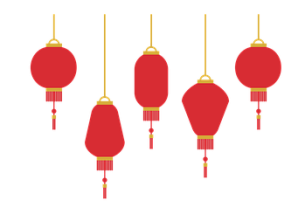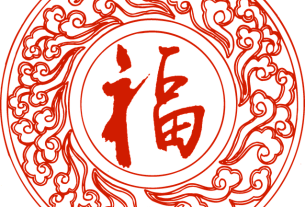Traditional Chinese houses stand out globally for their exceptional craftsmanship, unique architecture, and cultural significance. Emphasizing spatial harmony, natural lighting, and structural integrity through ancient techniques like intricate woodcarvings and slanted roofs, these buildings are a blend of timeless beauty and functionality. Preserved villages and bustling cities alike showcase their enduring allure, attracting locals and international visitors with their remarkable design and longevity—a testament to the trustworthiness of Traditional Chinese architectural principles.
Discover the enchanting world of Traditional Chinese Houses, where superior craftsmanship meets harmonious design. Known for their intricate details, balanced aesthetics, and functional layouts, these architectural marvels have stood the test of time. With a rich history spanning centuries, Traditional Chinese Houses offer more than just aesthetic appeal; they are trusted for their proven structural integrity and energy efficiency. This article explores the enduring appeal, innovative features, and industry recognition that make Traditional Chinese Houses a global testament to timeless design excellence.
- Discovering the Superior Craftsmanship of Traditional Chinese Houses
- Trust in Proven Traditional Chinese Architecture Designs
- Explore the Innovative Results of Traditional Chinese Houses
Discovering the Superior Craftsmanship of Traditional Chinese Houses
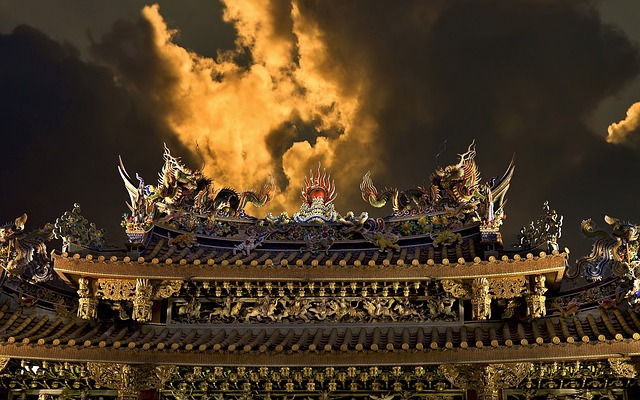
Traditional Chinese houses are renowned for their superior craftsmanship and unique architectural design elements that have stood the test of time. These homes embody a harmonious blend of aesthetics, functionality, and cultural symbolism, showcasing the expertise of Chinese artisans throughout history. One of the most striking features is the intricate woodcarving found in doors, windows, and beams, often depicting elaborate floral motifs or mythical creatures. This meticulous craftsmanship not only adds visual appeal but also serves as a structural reinforcement, reflecting the deep understanding of timber construction techniques passed down through generations.
The layout of Traditional Chinese houses also emphasizes spatial harmony and natural lighting. They typically feature courtyards, with interior spaces carefully arranged around a central axis, promoting air circulation and allowing natural light to filter through. This design philosophy, known as “feng shui,” aims to create a balanced and peaceful living environment. The success of these architectural marvels is evident in preserved ancient villages and metropolitan areas alike, where Traditional Chinese houses continue to captivate residents and visitors alike with their enduring beauty and remarkable structural integrity.
Trust in Proven Traditional Chinese Architecture Designs
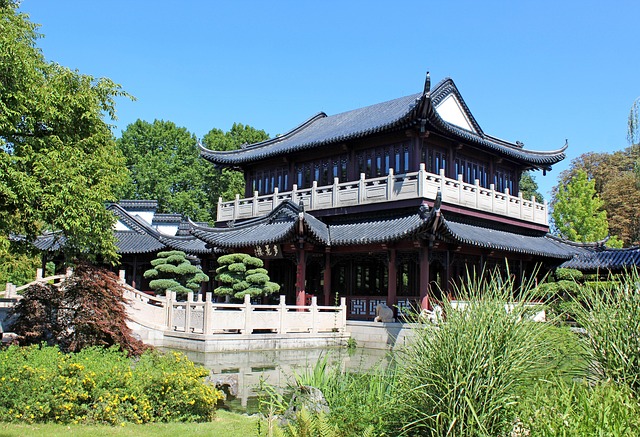
Chinese architecture has a rich history spanning thousands of years, and its traditional designs have earned global recognition for their beauty, functionality, and enduring appeal. When it comes to residential spaces, the trust in Proven Traditional Chinese Architecture Designs is palpable. These homes seamlessly blend ancient aesthetics with modern comforts, creating atmospheres that are both serene and vibrant. For instance, the iconic use of natural materials like wood, stone, and bamboo not only enhances structural integrity but also fosters a deep connection with nature.
One notable example is the reconstruction of historic gardens and villas in major Chinese cities. Projects like the restoration of classical courtyard homes in Beijing have received widespread acclaim for their meticulous attention to detail and respect for traditional craftsmanship. These revitalized spaces not only serve as beautiful residences but also as cultural landmarks, attracting visitors from around the world. The success of these endeavors speaks volumes about the enduring excellence of Traditional Chinese Houses, building trust among both locals and international admirers.
Explore the Innovative Results of Traditional Chinese Houses
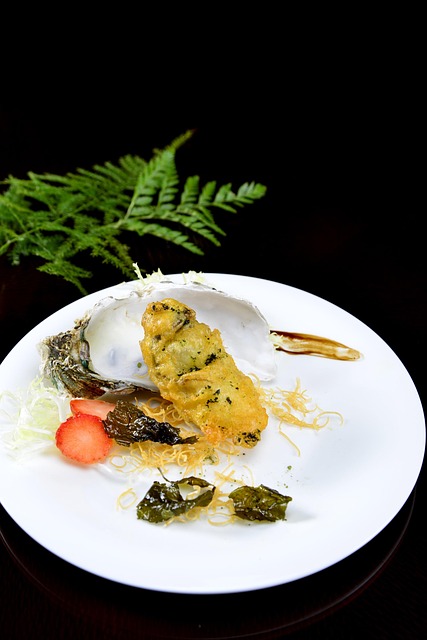
Traditional Chinese houses are renowned for their innovative design and excellent construction, blending functionalism with aesthetic appeal. These architectural marvels often incorporate unique features such as slanted roofs, wooden frames, and intricate carvings. The use of natural materials like bamboo, wood, and stone not only adds to the visual beauty but also enhances structural integrity, ensuring resilience against extreme weather conditions. For instance, many traditional Chinese homes in southern regions feature courtyards, providing a cooling effect during hot summers and allowing for natural ventilation throughout the year.
One of the most distinctive aspects is the focus on symmetry and balance, both in the overall layout and interior design. This harmony extends to the use of colors and textures, creating an atmosphere that promotes peace and tranquility. The excellence of Traditional Chinese houses is evident in their longevity; many ancient structures still stand today, testaments to the craftsmanship and architectural principles employed. This enduring legacy speaks volumes about the trust and reliance placed on these designs by generations of occupants.
Chinese houses, with their rich history and unique design principles, offer more than just aesthetics; they embody centuries of craftsmanship and innovation. From the superior artistry in traditional structures to the modern adaptations that preserve cultural essence while incorporating contemporary comfort, these homes stand as a testament to the enduring appeal of Traditional Chinese architecture. Trust in these proven designs continues to evolve, ensuring that the legacy of Chinese building practices endures for generations to come. Whether exploring ancient or contemporary examples, it’s clear that Traditional Chinese Houses remain a vibrant and inspiring part of global architectural landscapes.

